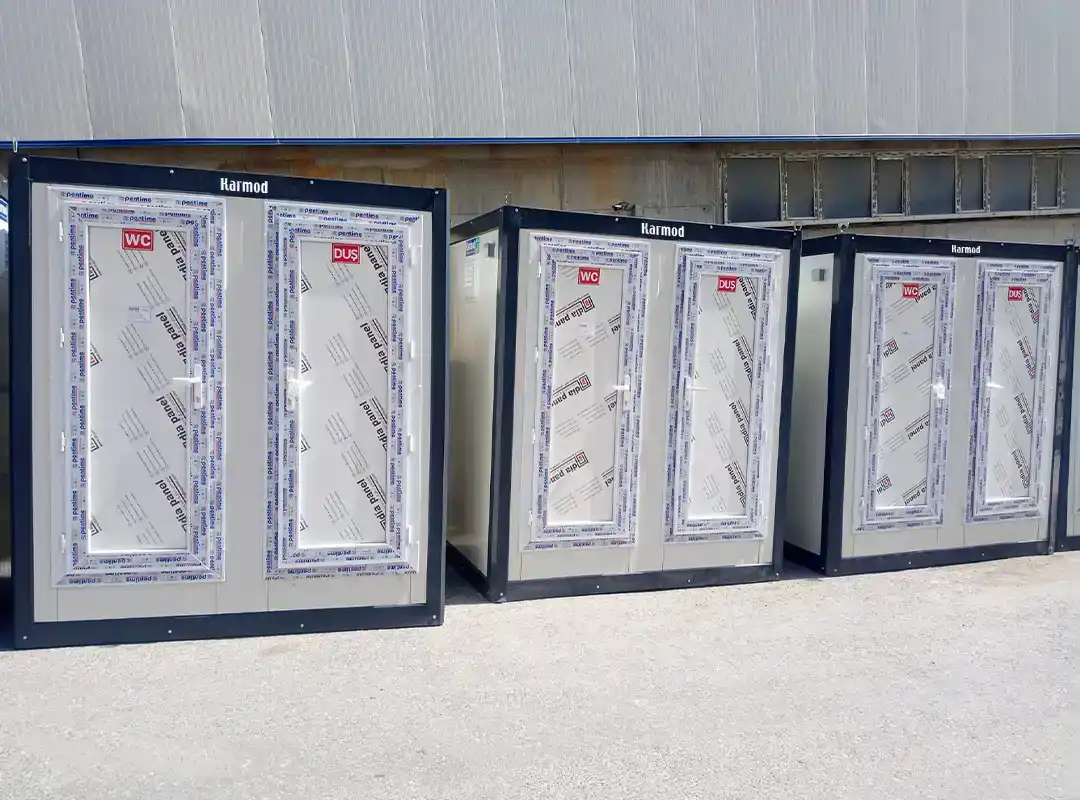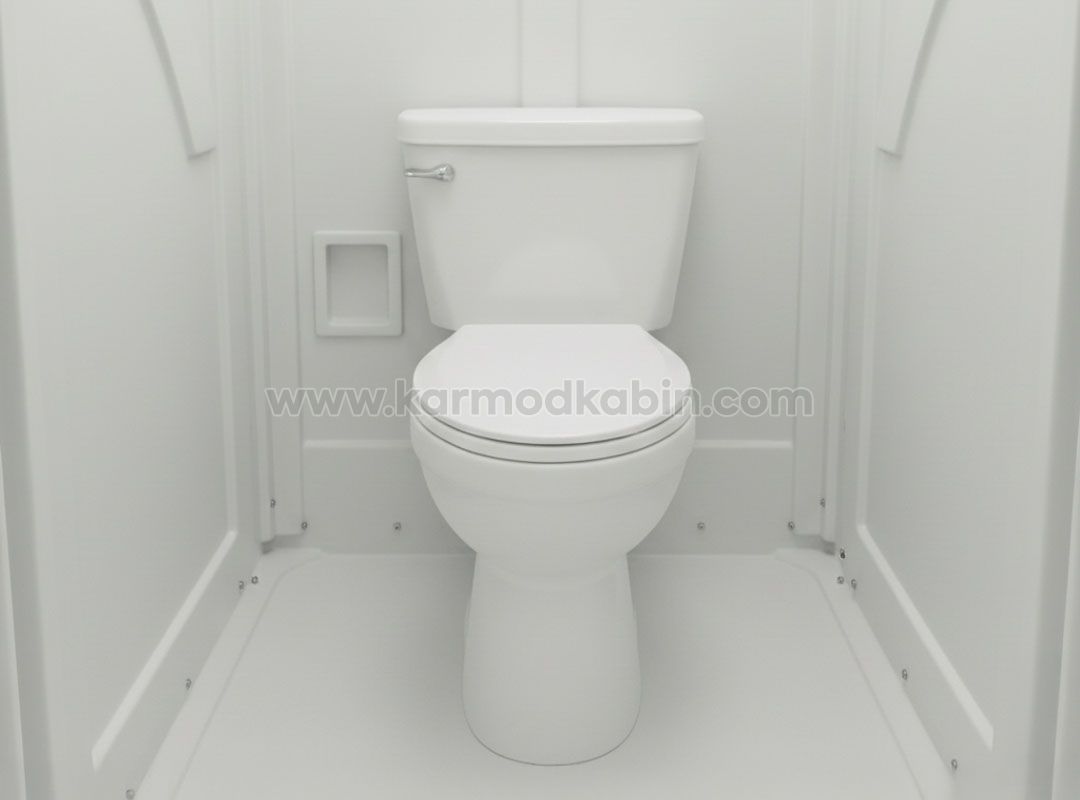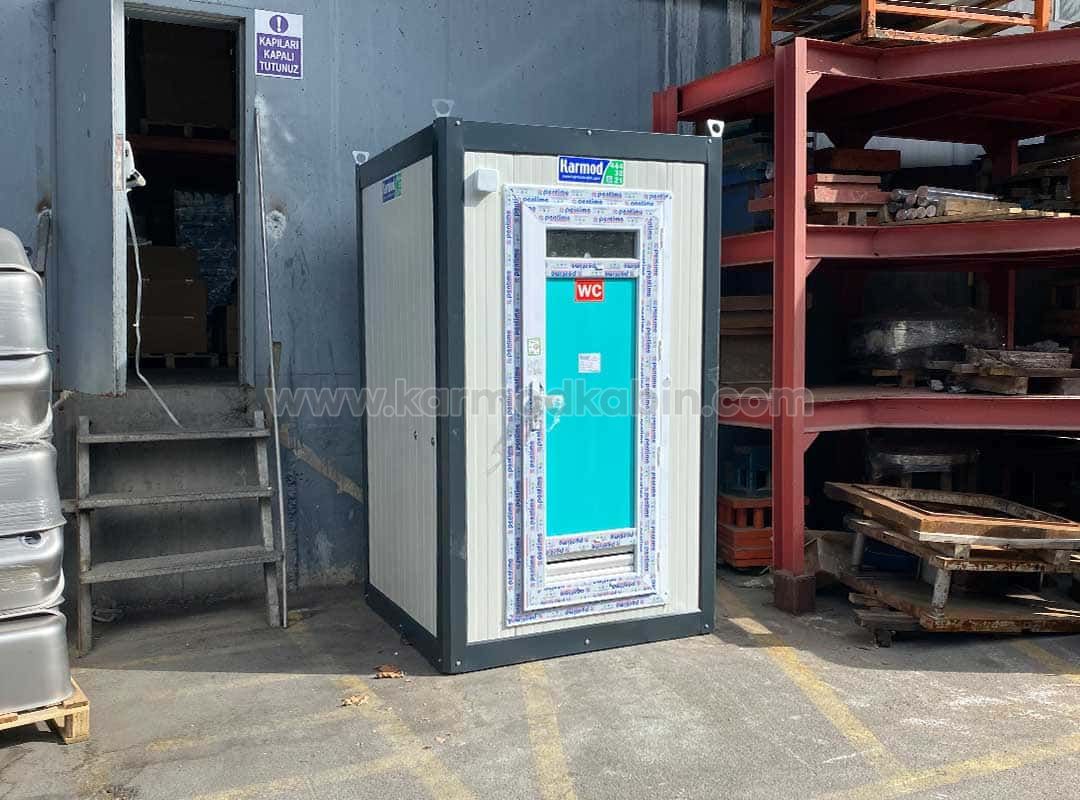
Choosing the right capacity of Mobile toilets is crucial for any site, whether it’s a construction project, outdoor festival, or corporate event. Providing adequate restroom facilities not only ensures hygiene and comfort but also reflects professionalism and attention to detail. Underestimating needs can lead to long queues, dissatisfied users, and potential safety or health issues, while overestimating can strain budgets unnecessarily.
Understanding your site’s requirements, peak usage times, and the type of users will help you plan effectively. This guide walks you through every key factor to consider, helping you select the right number and type of portable toilets to maintain a seamless and hygienic experience for everyone on site.
Every site is different, and understanding its sanitation needs is the first step in capacity planning. Construction sites, festivals, and corporate events all have distinct requirements in terms of user volume, duration, and access patterns. Failing to evaluate these factors can result in overcrowding, hygiene issues, and a negative perception of your site.
Take into account both predictable daily usage and occasional peak periods. For instance, a lunch break on a construction site or a festival’s main performance time will require additional units. Proper planning allows you to place portable toilets strategically, avoid congestion, and ensure every visitor or employee can access clean and functional facilities.
Estimating the number of users is essential for determining the correct capacity. On construction sites, this means counting employees, shifts, and temporary staff. For events, it requires analyzing expected attendance and potential fluctuations throughout the day. A rough guideline is one toilet per 20–50 users, but adjustments are necessary depending on specific circumstances.
It’s also important to consider special groups such as children, elderly attendees, or individuals with disabilities. Factoring in these variations prevents overcrowding, reduces wait times, and ensures user comfort. Accurate estimation is a critical step for both operational efficiency and maintaining a professional impression.
The duration of your project or event has a direct impact on toilet requirements. Short-term activities may require fewer units, while multi-day events or long construction shifts need additional facilities to maintain hygiene standards throughout the day.
Peak usage times, such as lunch hours or intermissions, demand special attention. Strategies include:
Planning around duration and peak times ensures smooth operations and satisfied users.
Not all portable toilets are the same. Standard units are suitable for general purposes, but deluxe or flushable models provide higher comfort and hygiene standards. VIP areas or special events may require accessible or premium units to enhance the user experience.
Consider the following options:
Selecting the right type ensures users are comfortable, maintains hygiene, and reflects the quality of your site or event.
Accessibility is a legal and ethical requirement. ADA-compliant units feature ramps, wider doors, and sufficient interior space for wheelchair users. Ignoring accessibility can result in legal complications and negative impressions.
Providing accessible toilets alongside standard units demonstrates inclusivity and professionalism. It ensures that everyone, regardless of physical ability, can comfortably use restroom facilities, promoting a positive experience and your site’s reputation.
Proper placement of portable toilets is critical for usability and safety. Limited space may restrict the number of units, so strategic positioning is necessary. Toilets should be accessible without obstructing traffic flow or interfering with other site activities.
Key considerations include:
Well-planned placement improves hygiene, safety, and overall site efficiency.
Portable toilets require regular maintenance to remain clean and functional. The frequency depends on usage, duration, and weather conditions. High-traffic events may require daily cleaning, while construction sites benefit from scheduled service plans.

Maintenance tips include:
A well-managed maintenance plan ensures user satisfaction and supports a hygienic environment.
Balancing budget with user comfort is essential. Skimping on facilities can reduce user satisfaction, while overspending may strain resources.
Smart budget planning involves:
This approach ensures high hygiene standards without overspending.
Sustainability is increasingly important in modern projects and events. Eco-friendly portable toilets reduce environmental impact and enhance your brand image.
Sustainable options include:
Composting toilets for long-term projects
Low-water flush units for reduced water usage
Biodegradable chemicals and environmentally conscious maintenance
Choosing sustainable solutions demonstrates responsibility and supports positive user perception.
Events with unpredictable attendance require additional planning. High-traffic days can overwhelm standard facilities if not prepared in advance.
Planning tips:
Being proactive prevents overcrowding and enhances overall user experience.
Weather can significantly affect portable toilet usage. Rain, snow, or extreme heat requires strategic placement to maintain accessibility and safety.
Recommendations:
Proper planning ensures units remain functional and comfortable regardless of conditions.
Enhancing portable toilets with handwashing stations or sanitizer dispensers boosts hygiene and user confidence. This is particularly important in construction sites, festivals, or food-serving events.
Benefits include:
These features reflect professionalism and attention to user needs.
Construction sites and festivals have distinct usage patterns. Construction usually involves steady, predictable use, while festivals can see fluctuating crowds and peak periods.
Considerations:
Adjusting capacity to fit the scenario ensures efficiency, hygiene, and user comfort.

Many sites underestimate the number of units, ignore accessibility, or skip maintenance schedules, leading to discomfort and complaints. Recognizing these mistakes helps avoid common pitfalls.
Tips to prevent errors:
Anticipating challenges keeps your site organized and users satisfied.
A reliable supplier simplifies toilet planning, delivery, and maintenance. They provide guidance on capacity, unit type, and service schedules, allowing you to focus on your core project or event.
Benefits of a trusted partner:
Working with the right supplier ensures smooth operations, satisfied users, and a professional site environment.
Providing the right number of portable toilets is essential for a safe, comfortable, and hygienic environment. Don’t risk long queues, frustrated attendees, or unsanitary conditions—let our team help you plan the perfect solution tailored to your site’s needs.
Here’s what we can offer:
Contact us today to receive your personalized portable toilet plan and ensure a professional, hygienic, and stress-free experience for every visitor or worker on your site.